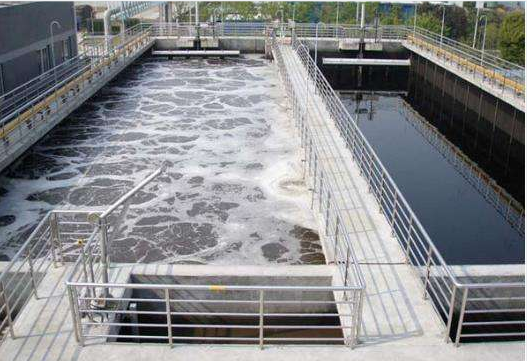

Food Processing Wastewater Treatment Solutions
Pub Date:Jul 19, 2022 | Views:132 |
1. Features
The production changes with the seasons, and the quality and quantity of wastewater also change with the seasons;
The amount of wastewater varies. The food industry ranges from small-scale domestic industries to large-scale factories. There are a wide variety of products. The raw materials, processes, and scales vary greatly. The amount of wastewater varies from a few m3/d to thousands of m3/d. ;
There are many degradable components in the food industry wastewater. For the general food industry, since the raw materials are derived from natural organic substances, the components in the wastewater are also mainly natural organic substances and do not contain toxic substances, so the biodegradability is good, and its BOD5/ COD up to 0.84;
There are many high-concentration wastewater;
The wastewater contains various microorganisms, including pathogenic microorganisms, and the wastewater is easily corrupted and smelly;
Nitrogen and phosphorus content in wastewater is high.

2. Processing technology
Physical treatment method: The physical treatment methods used for food industry sewage treatment include sieving, skimming, conditioning, sedimentation, air flotation, centrifugal separation, filtration, microfiltration, etc. The first five processes are mostly used for pretreatment or primary treatment, and the latter three are mainly used for advanced treatment.
Chemical treatment method: The chemical treatment methods for food industry sewage include neutralization, coagulation, electrolysis, redox, ion exchange, membrane separation, etc.
Biological treatment method: In food processing wastewater treatment, biological treatment process can be divided into aerobic process, anaerobic process, stabilization pond, land treatment and various combined processes formed by the combination of the above processes. Food sewage is organic sewage, and biological method is the main secondary treatment process, which aims to degrade COD and BOD5.
The aerobic biological treatment process is divided into activated sludge process and membrane process according to the growth form of the microorganisms used. The former includes traditional activated sludge method, stage aeration method, biological adsorption method, complete mixing method, delayed aeration method, oxidation ditch, batch activated sludge method (SBR), etc. The latter includes biological filters, tower biological filters, biological turntables, active biological filters, biological contact oxidation, and aerobic fluidized beds. Generally, aerobic treatment has better effect on low-concentration sewage.
The anaerobic biological treatment process is suitable for the treatment of food processing wastewater, mainly because the wastewater contains a high concentration of easily biodegradable organic matter and is non-toxic. In addition, the power consumption of anaerobic treatment is low, the generated biogas can be used as energy, and the amount of excess sludge generated is small. The anaerobic treatment system is completely closed, which is conducive to improving environmental sanitation. It can be operated seasonally or intermittently, and the sludge can be stored for a long time.